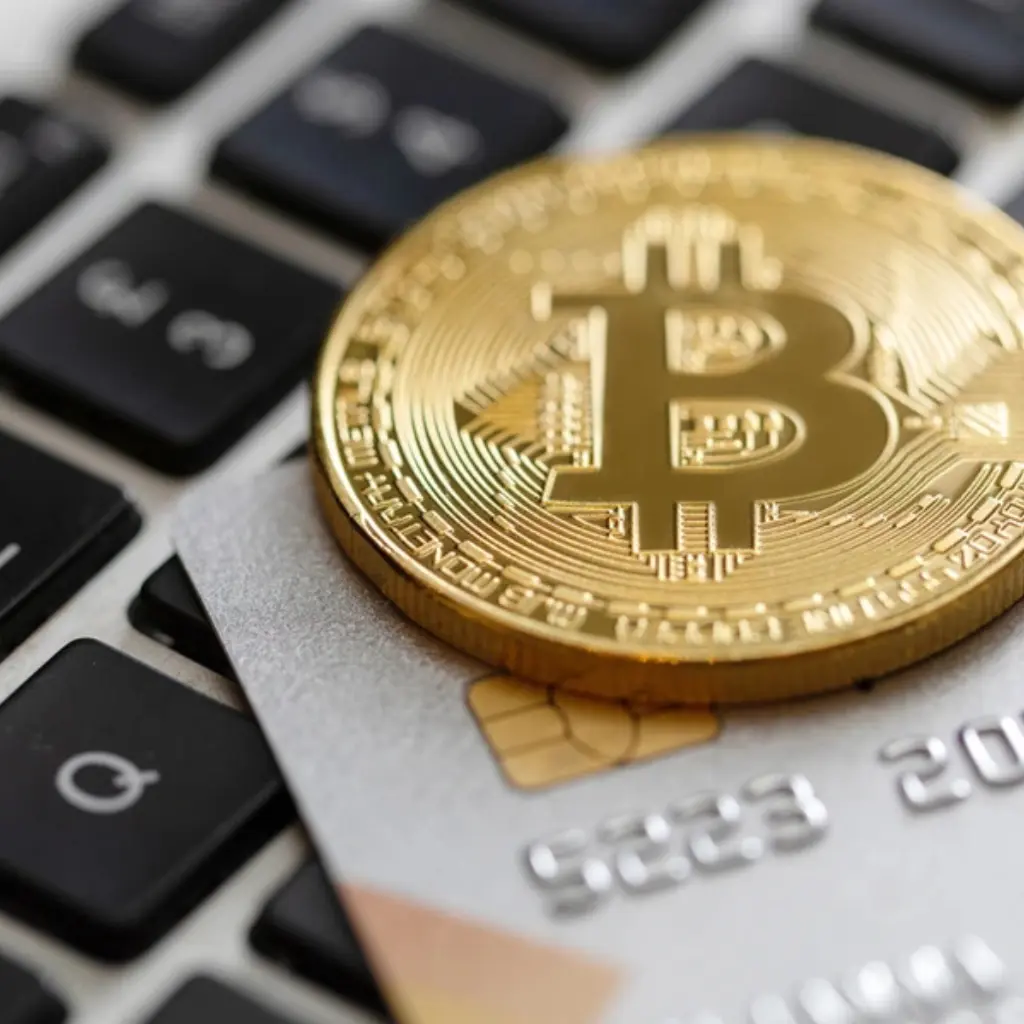What If Everyone Used a Crypto Card? Exploring the Future of Everyday Spending
What If You Paid for Everything with Crypto?
Let’s imagine this: you’re grabbing coffee, tapping your card, and—surprise—it pulls from your crypto wallet. Sounds futuristic? Not anymore. The crypto card trend is turning that “what if” into real life. What started as a tech experiment is now reshaping how people spend, save, and interact with digital money—sometimes without even realizing it.
Crypto Card Trend: What If Crypto Cards Became as Common as Debit Cards?
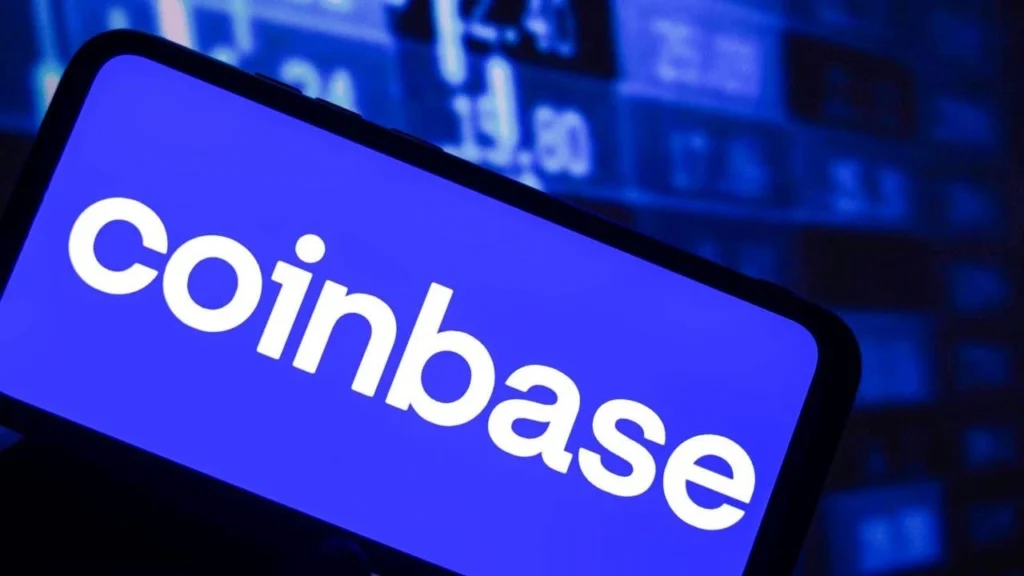
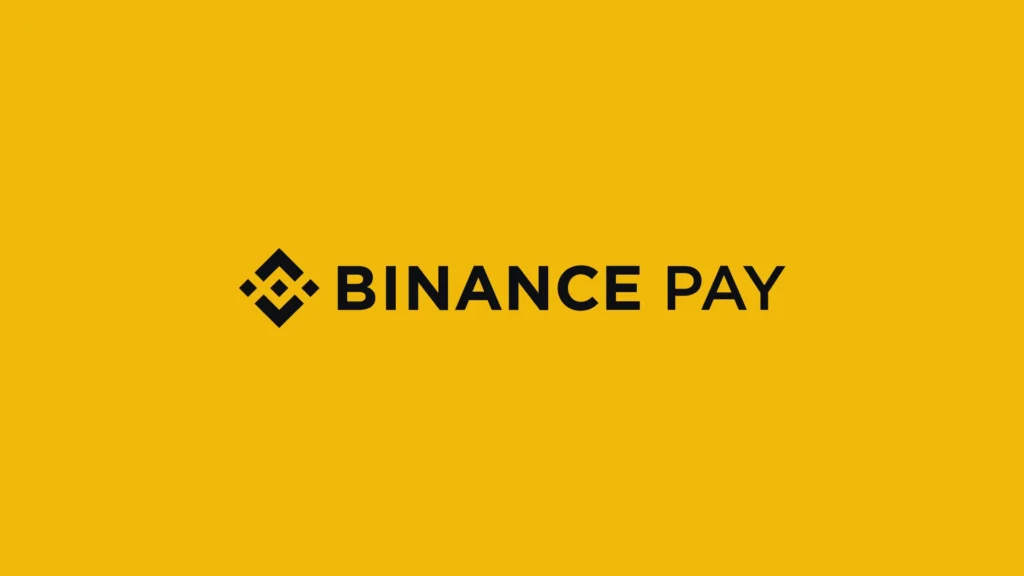
We’re not talking sci-fi. Crypto cards already exist — Binance, Crypto.com, and Coinbase all offer them, and they work with Visa or Mastercard.
Instead of pulling from a bank account, they draw from your digital wallet. Spend Bitcoin at a bakery? Done. Swipe Ethereum at the airport? No problem.
If adoption keeps rising, here’s what might happen:
- Traditional banking would face pressure. Banks might need to compete with lower fees and faster transfers.
- More merchants could start accepting crypto natively. Not just through conversion, but directly.
- Digital wallets could become the new checking accounts.
Crypto Card Trend: What If Everyone Started Using Crypto for Daily Purchases?
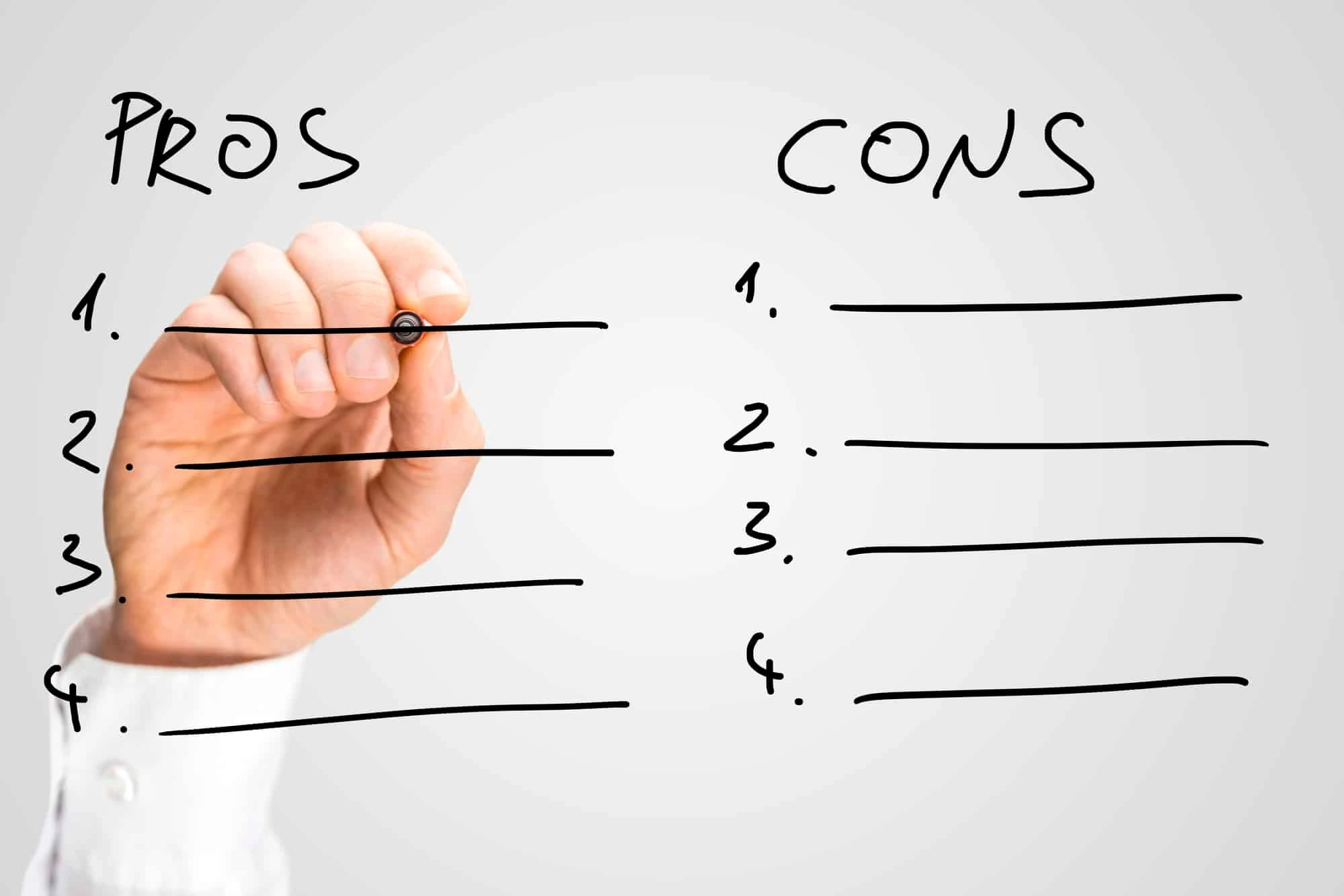
This shift would have some pretty big ripple effects.
Winners:
- Consumers might enjoy cashback in crypto, global payment access, and less friction when spending abroad.
- Crypto platforms would gain millions of new users and transactions — turning fintech into “cryptotech.”
Challenges:
- Price volatility could make budgeting tricky (imagine your coffee costing 20% more next week).
- Learning curves around wallets, seed phrases, and fees could slow adoption.
Still, with interfaces getting simpler, these barriers are lowering by the day.
Crypto Card Trend: What If You Never Needed a Bank Again?
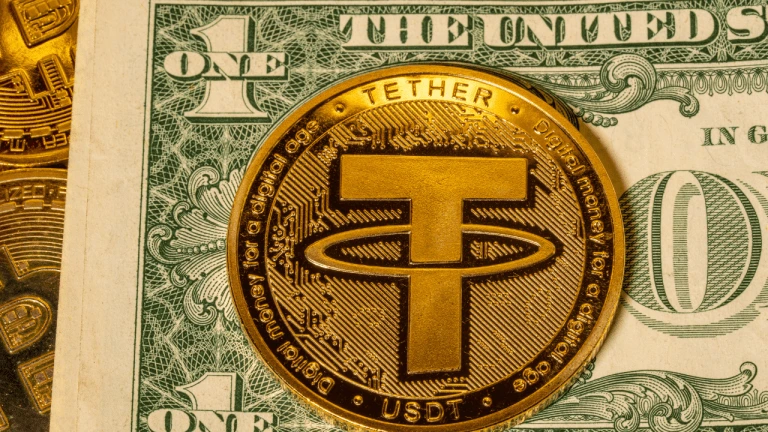
Sounds bold — but not impossible.
People already use stablecoins (like USDT or USDC) to store value. Pair that with a crypto card, and suddenly, you’re paying rent, bills, or even taxes — no traditional bank involved.
This raises big questions:
- Could governments and regulators keep up?
- Would credit scores evolve to track blockchain activity?
- Would new types of fraud emerge?
But it also opens doors for financial inclusion — especially for the unbanked or underbanked worldwide.
What’s Fueling This “What If”?

A few global shifts are pushing this trend forward:
- Inflation and economic uncertainty have people rethinking how they store value.
- Younger generations are growing up with digital-first money habits — Venmo, PayPal, gaming credits. Crypto feels native.
- Marketing and design matter too — sleek metal cards, NFT tie-ins, and exclusive perks are turning heads.
In this landscape, crypto cards aren’t just payment tools — they’re lifestyle statements.
What If It’s Just a Hype Cycle?
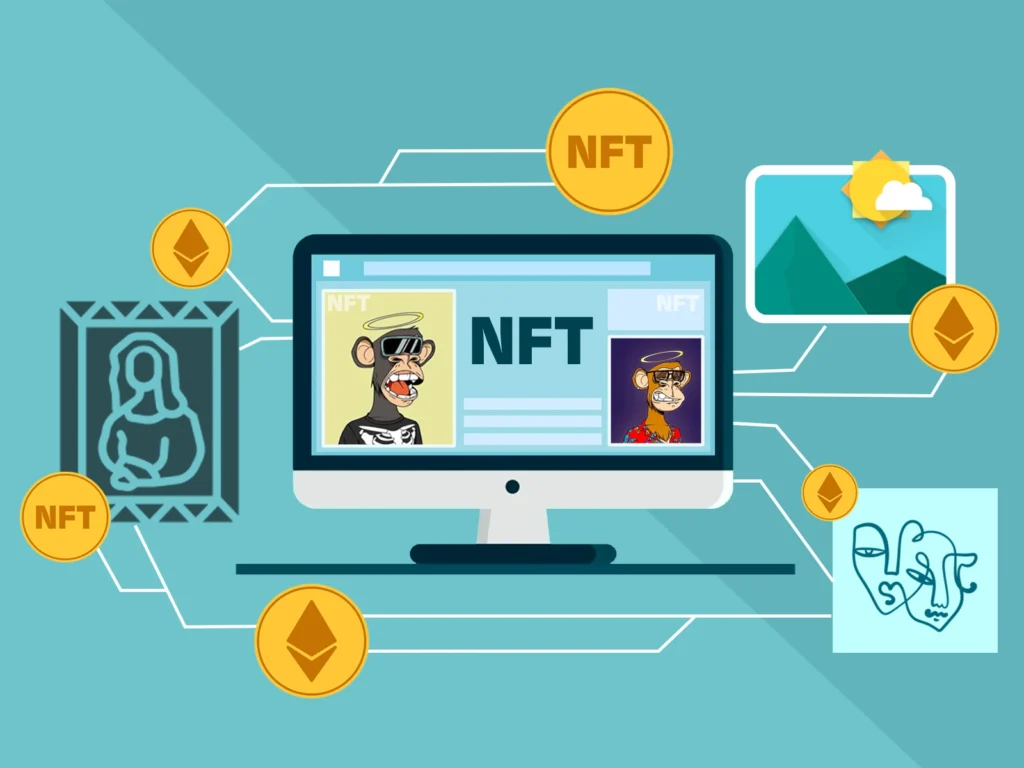
To be fair, crypto has had its fair share of hype bubbles. NFTs, meme coins, DeFi booms — not everything sticks. So, could crypto cards fizzle out?
Possible. But there’s one big difference: utility.
This isn’t just about speculation. It’s about paying for groceries, travel, and subscriptions with something digital — without jumping through hoops.
When something becomes useful, it tends to last. Even if prices swing wildly, the convenience remains.
What If the Future of Spending Starts Now?
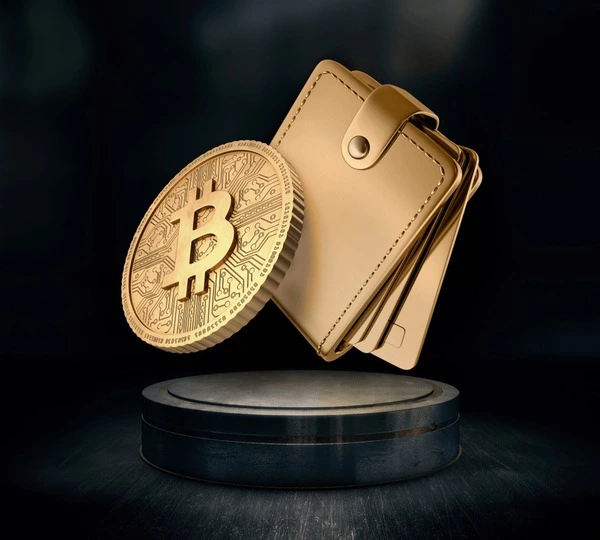
We may not have a crystal ball, but one thing’s clear: the crypto card trend is gaining real-world traction.
If it continues, we could see:
- Crypto as a daily currency, not just an investment.
- Wallet apps that replace bank branches.
- A new relationship with money — more global, more open, and maybe even more fun.
So, what if your next cup of coffee came from your crypto wallet? Would you tap to try it?
Relevent news: Here

